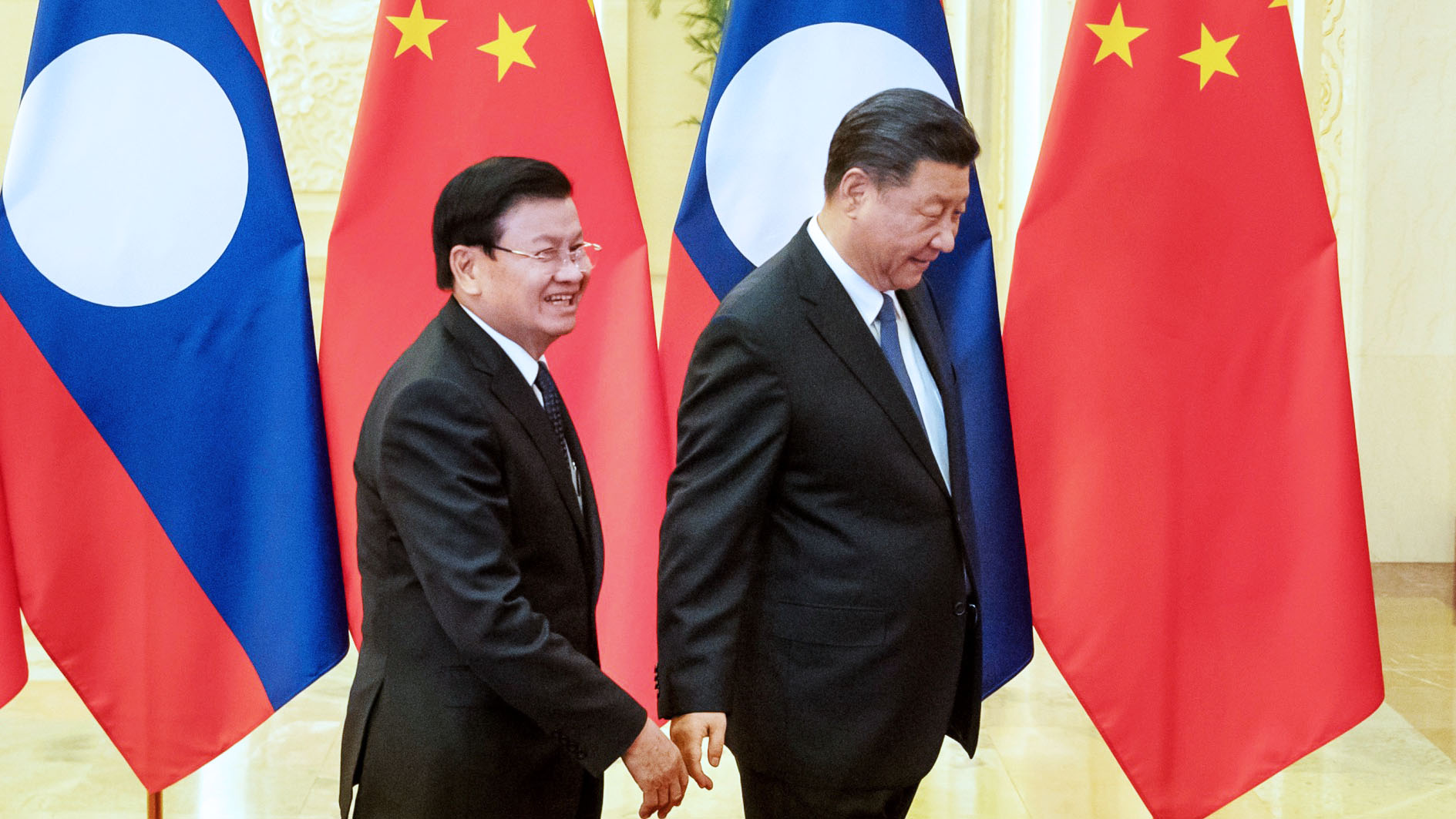Laos Faces Economic Crisis Due to Chinese Debt

Laos is under severe economic strain, largely due to the burdensome Chinese loans acquired under the Belt and Road Initiative (BRI). The country is struggling to repay these costly loans, exacerbating Chinese influence and dominance. This situation has left Laotians deeply concerned.
Many in Laos are worried about China's growing economic impact and influence. According to the 2023 State of Southeast Asia survey, they are increasingly favoring the US over China. The survey notes, “The reduction in China’s political and strategic influence is most noticeable in Laos and Myanmar.”
Chinese loans have funded the construction of dams, railway stations, hydroelectric power plants, hotels, and residential complexes in Laos. While Laos is responsible for the costs, Chinese contractors are controlling these projects and asserting dominance over local communities.
In areas affected by BRI projects, many local shops have closed due to the influx of Chinese workers. “Laos is so deep in debt to China that the Chinese can come here and take our land,” says Nin, a vegetable seller from Vientiane. Local workers have reported harassment and detention by Chinese companies operating in Laos.
Laos faces a looming threat of default on its Chinese loans. Anushka Shah, vice president at Moody’s Investors Service, remarks, “Laos is on the brink of default.” The cost of servicing external public debt surged from USD 507 million in 2022 to USD 950 million in 2023, plunging the country into financial and political turmoil.
Chinese loans account for half of Laos's total external debt. While international agencies like the World Bank and Japan International Cooperation Agency (JICA) charge less than 1% interest, Chinese loans carry an interest rate of 4%.
Currency depreciation and inflation are further complicating debt repayment. Roland Rajah, director of the Lowy Institute's Indo-Pacific Development Centre, states, “Laos borrowed excessively for projects that only offer long-term benefits but now must start making significant repayments to China.”
In recent years, Laos’s debt to China has ballooned to USD 10.9 billion. “However, when including potential or 'hidden' sources of public debt exposure to China, this figure rises to approximately USD 17 billion, which is equivalent to 88.9% of Laos’s GDP,” says Bradley Parks, executive director of AidData. “No country has a higher debt exposure to China than Laos.”
This immense debt makes Laos vulnerable to China's predatory lending practices. “I believe Laos is at the mercy of China’s economic plans, whether it’s train connections or the hydropower that Laos can produce,” comments Erin Murphy, a fellow at the Centre for Strategic and International Studies (CSIS) in Washington.
China has claimed that the BRI is mutually beneficial and would bring social and economic development to Laos. However, Chinese-sponsored projects have failed to deliver the promised returns. Most BRI projects in Laos are focused on energy and transport infrastructure development.
BRI projects, such as the China-Laos railway, have become “white elephants,” leading to a 30% decline in Laos’s currency value in 2023 and soaring inflation, according to Zachary Abuza, a professor at the National War College in Washington. “Debt itself isn’t bad if it’s going to productive uses, but Laos’s debt hasn’t been,” he adds.
While China has gained access to minerals in Laos through BRI-related transport projects, Laos has not reaped the expected benefits. The country, already struggling with an economic downturn due to the Covid-19 pandemic, faces worsening conditions as it struggles with debt repayments. “Most people won’t know the scale of the debt, nor will they directly associate it with the impact of Chinese involvement in their lives,” says a Laotian, who requested anonymity for security reasons.




![From Kathmandu to the World: How Excel Students Are Winning Big [Admission Open]](https://nepalaaja.com/img/70194/medium/excel-college-info-eng-nep-2342.jpg)
